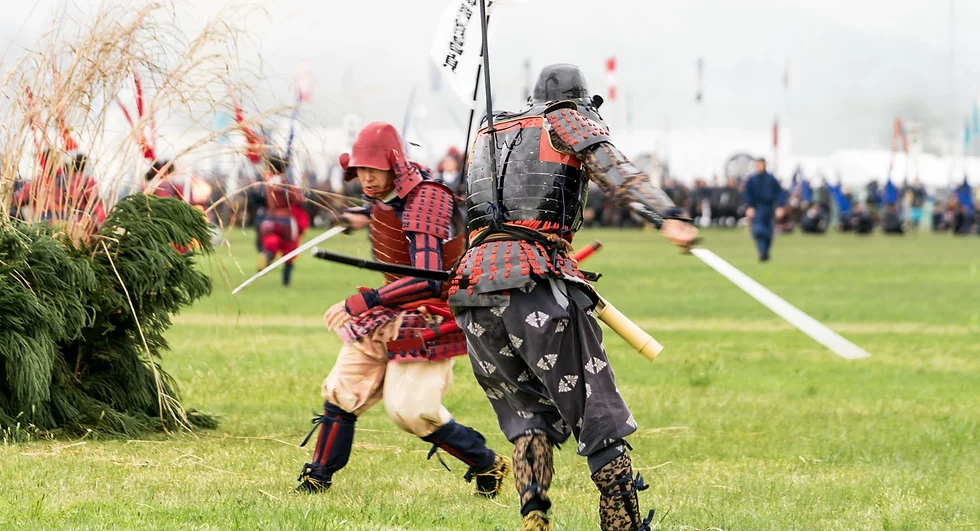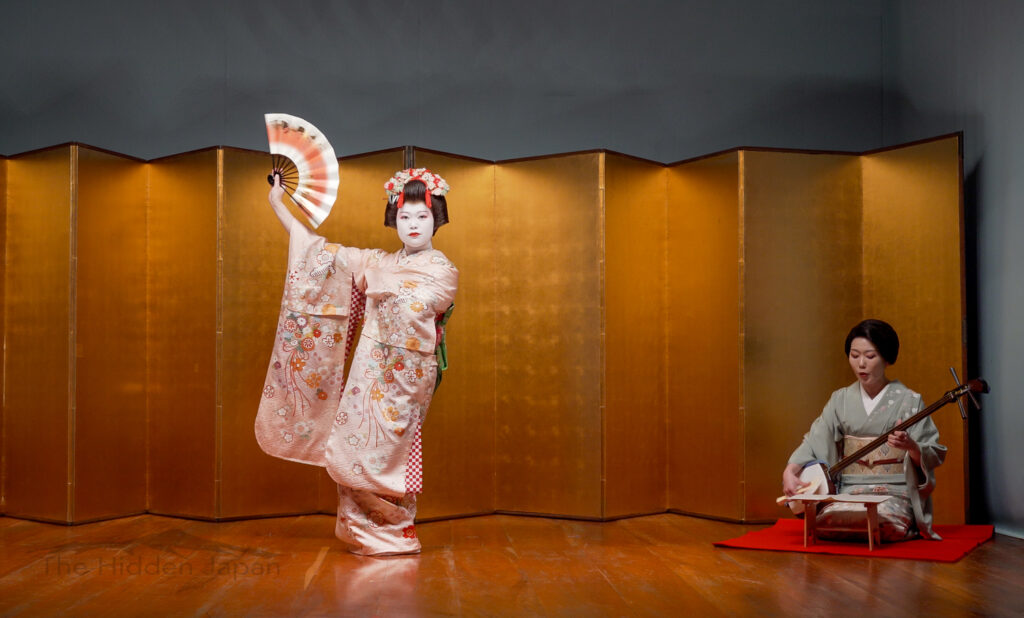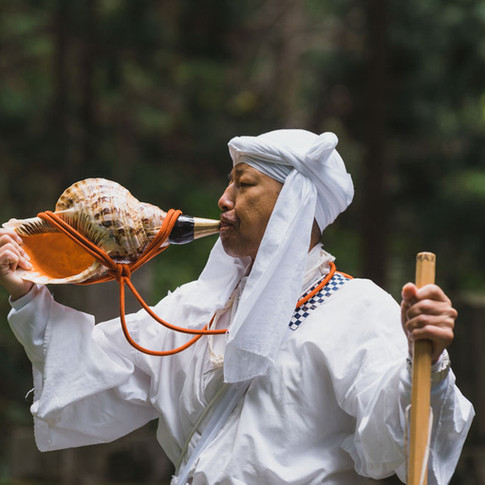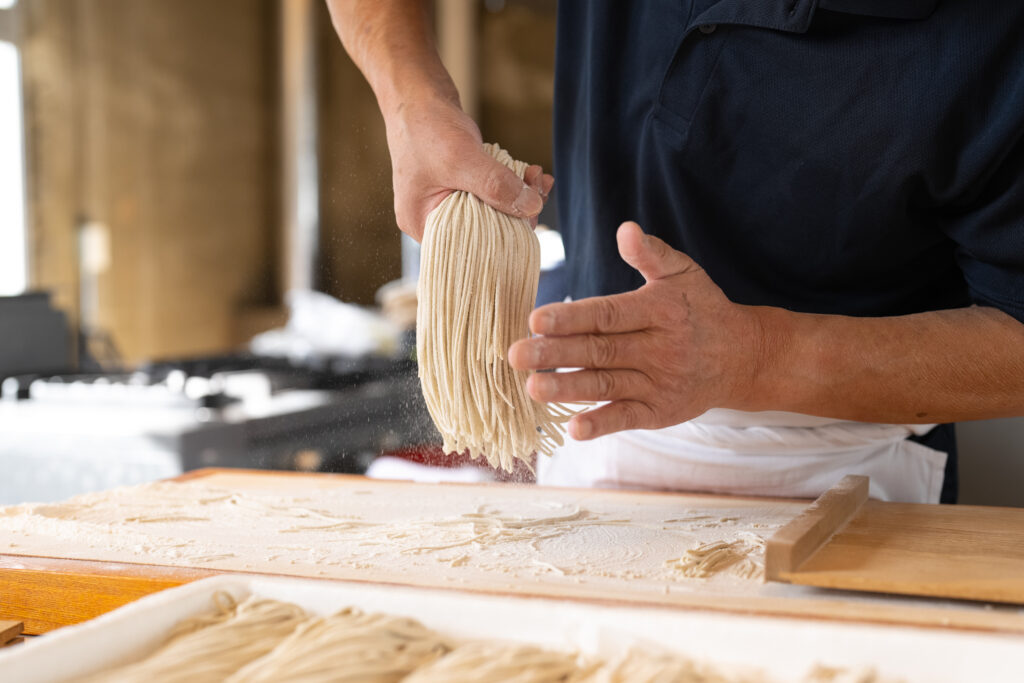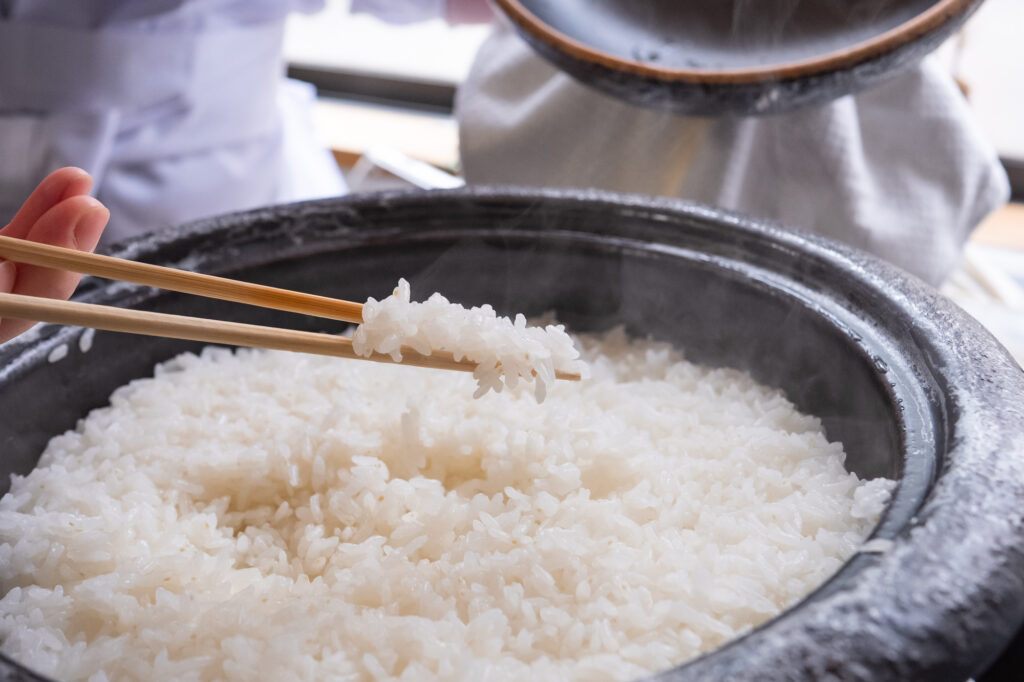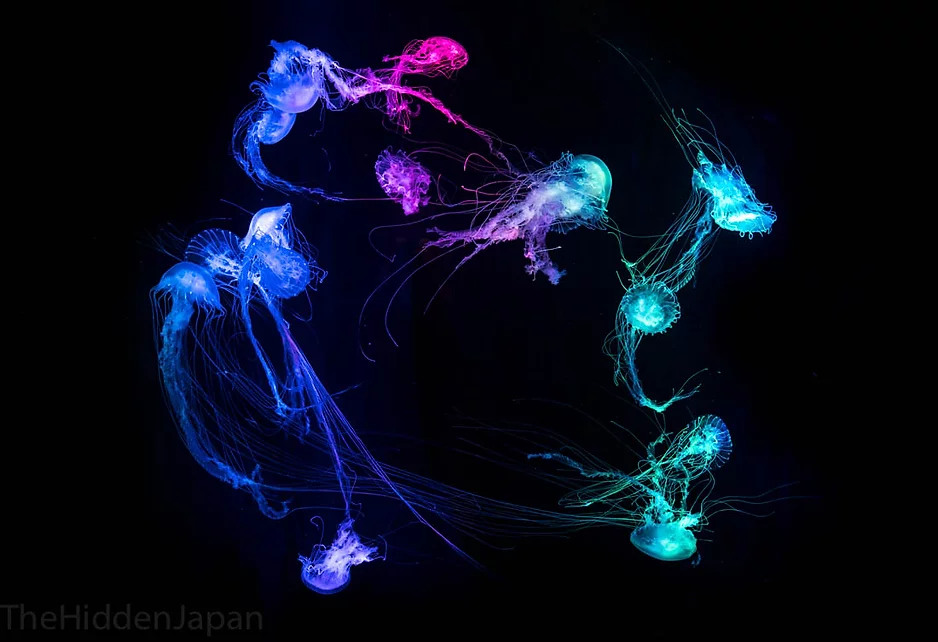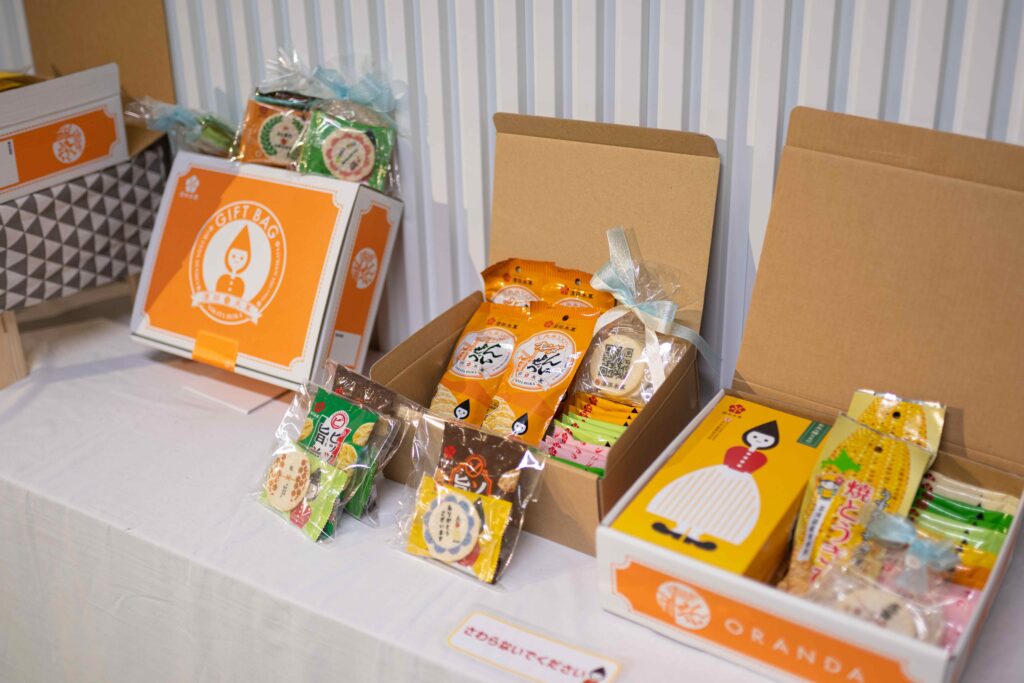
Yamagata and Miyagi Prefecture
Mt. Zao: a popular destination year around for outdoor activities and ancient onsen baths.
Rising over 1,800 meters above the border between the Yamagata and Miyagi prefecture, Mt. Zao is not only one of the region’s most revered and sacred power spots, but also a popular destination year around for outdoor activities and ancient onsen baths.
There’s something nearly poetic about a fiery volcano draped in a blanket of wintery snow. Mount Zao has some of the highest annual snow rates in the world, often averaging between 6.36 meters (20.8 ft) and up to 11 meters (a little over 36 ft) of snow in some areas. However, at the core of this frigid gelid snowscape lies an incandescent volcanic core that heats some of Japan’s most famous and most scenic hot springs that can make even the chilliest winter night seem like a bath in paradise.
Situated on the border between Yamagata and Miyagi prefectures, Mount Zao is perhaps more accurately referred to as the Zao Mountains or Zaō Renpō as they are a cluster of stratovolcanoes and among the most active volcanoes in all of Japan. At a looming 1,841 meters (6,040 ft) in elevation, the central peak is among the tallest mountains in all of Tohoku and one of the 100 famous mountains of Japan.
Mt. Zao is also home to some of Japan’s finest powder snow and is a hugely popular destination in the winter months for its dreamy slopes that wind through the uniquely iconic snow monsters that can be seen in the coldest month of February on this mountain.
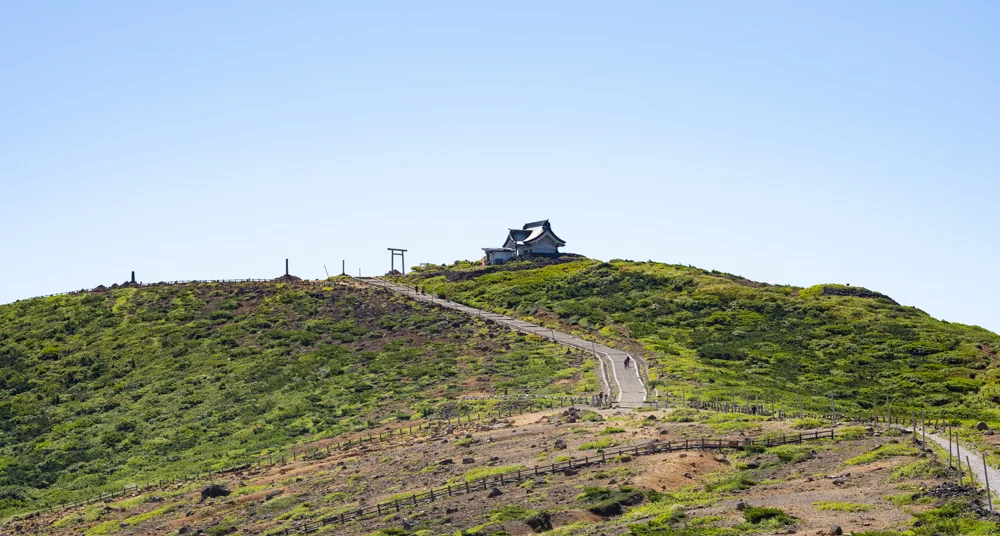
Quick Info
Opening Hours
Ski season on Mount Zao usually starts in early December and ends around early May, depending on snow conditions.
Hiking conditions are best from late May until mid-October and most popular hike routes average to be around 4 hours one way to Okayama Crater.
The Zao Ropeway can also be used year-round to bring visitors either closer to the trekking course or even directly to Okayama Crater.
Address
Zaoonsen, Yamagata, 990-2301
Other tips
Accessible from Yamagata Station by bus (about 30-40 minutes).
The 1,900 year history of Zao's Onsen
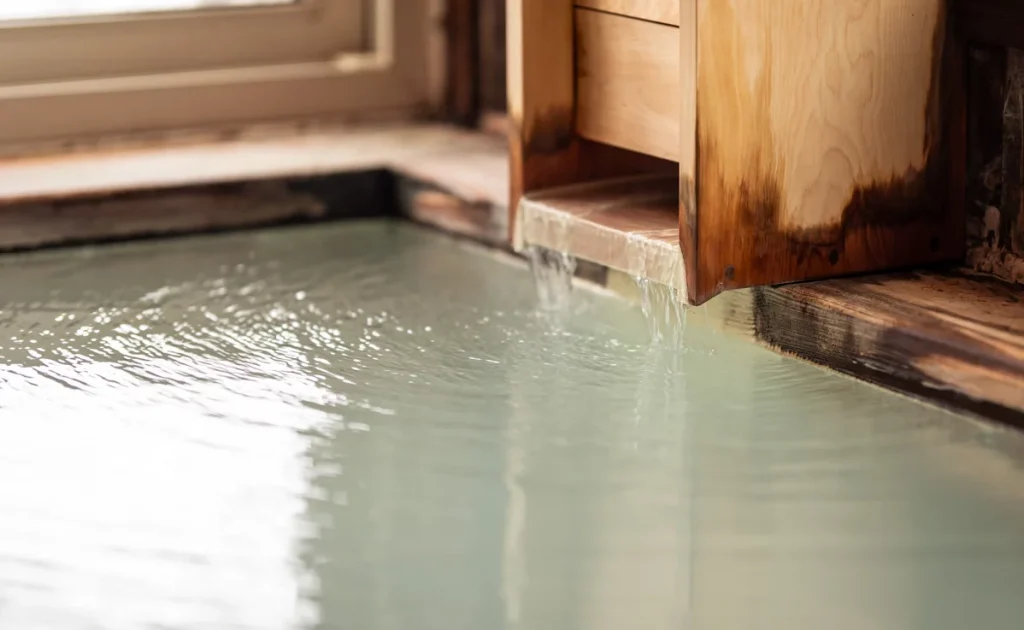
The hot springs in Zao Onsen run from traditional to posh, and while onsen acolytes tout these “Springs of Beauty” as medicinally efficacious in everything from skin disorders to “weak children,” they are undoubtedly soul-searingly luxuriating.
These hot springs are said to have been discovered as far back as 110AD, when nomadic samurai passing through the area discovered a warm stream flowing through the forest. They traced the stream back to its source, in the heart of what is today Zao Onsen village, and is now the site of the Kawarayu public bath house. There are in fact three public onsen in town, all wood constructed houses with individual bathing pools for men and women (which is common to most onsen in Japan).
Along with Shimoyu and Kamiyu, these unmanned public houses all charge a paltry ¥200 on honor system upon entry, and are fantastic for a traditional, local-style onsen experience.
Volcanic activity deep within the mountain powers these springs which feed super-heated, ultra-mineral rich springs that run through the village with plumes of steam. The springs are unique for their especially high acidity, and aluminum, chloride, and sulfide content, all of which many folks claim can improve the skin and heal wounds.
Owing to its high sulfur content, the waters’ let’s just say slightly pungent scent is love-it-or-hate-it for some visitors. The naturally milky-white water does leave skin feeling smooth and a little slippery, some might say, just like a baby snow monkey!
Apart from the public houses in the heart of town, there are a huge number of day-use onsen to choose from, price of entry usually ranging from just ¥400-600.
Some hotels include their own private onsen as well. Our advice for anyone taking an extended stay on Zao is to explore a different one each day. Many onsen include rotenburo, or outdoor bathing areas where one can enjoy their soak amidst natural beauty.
Mt. Zao in the Winter
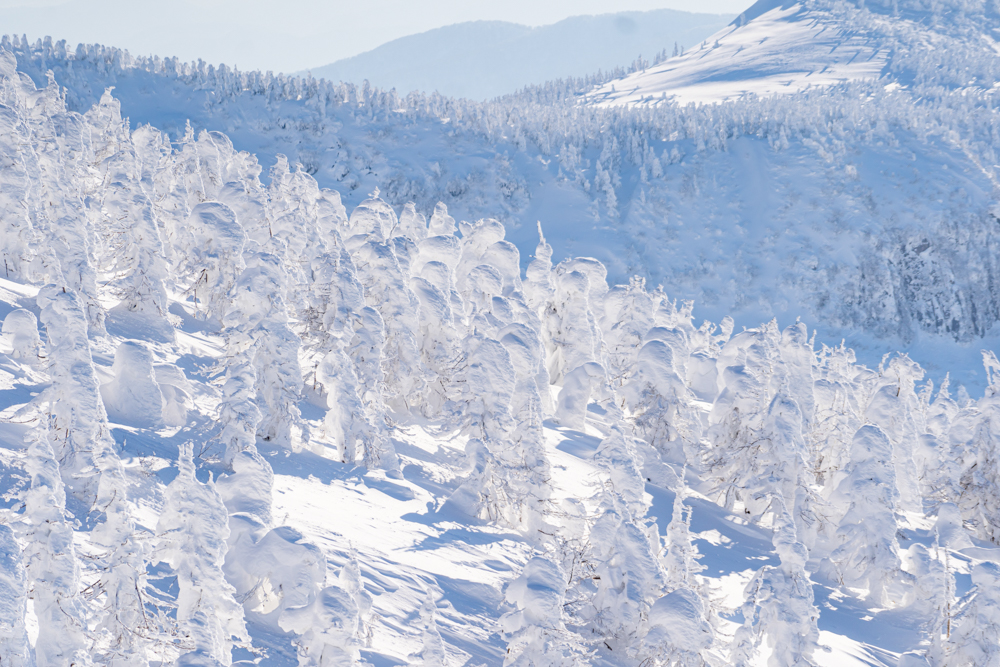
Zao ski resort gets some of the highest annual snowfall per year and during the peak winter months can get down to -20°C (4°F). While the wintery tundra may sound intimidating, this is actually the peak season for winter sports as Mount Zao is one of the only places in the world where you can view the Zao Snow Monsters known as the Juhyo (snow monsters)! This rare natural phenomenon is characterized by thick blankets of snow draped over the tall alpine trees, creating the appearance of looming “snow monsters”! The snow monsters are most abundant in mid-February and are in greater number the higher you ascend the mountains.
For skiers and non-skiers alike, the monsters can be seen by ropeway and gondola that will take you all the way to the top of the mountain. At night when the sun goes down, the monsters come out to play and the resort hosts mass illuminations of the snow monsters around the summit that can be enjoyed either from outside or inside from the comfort of a cozy mountainside cafe or onsen. The price to take the ropeway at night alone is around ¥3,000.
Zao ski resort is one of Japan’s oldest and most famous ski resorts and offers 14 slopes and 12 courses of all levels that are serviced by 31 ski lifts. A full day ticket costs around ¥7,500. Additionally, at night the lower levels of the base of the mountain are illuminated brightly to allow for night skiing, a popular method of skiing in Japan.
Additionally, equipment and gear can be rented on site. After a long cold day of skiing, the Zao hot springs are the perfect way to warm up your weary body and relax away your worries.
Mt. Zao in the Summer
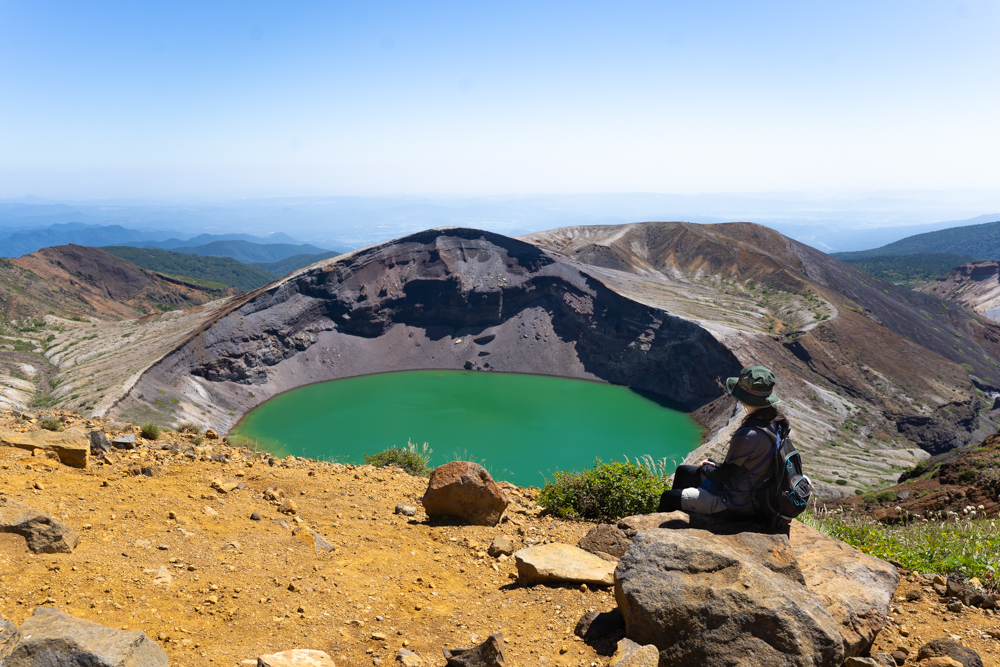
During the warmer months, one needs not to be afraid of monsters as in the summer months the weather can be quite agreeable for hiking and other outdoor sports such as mountain biking.
The Okama Crater Lake is the main goal for most hikers and is also called Goshiki Numa meaning the Five-Color-Lake on account of its waters appearing to change colors several times a day due to fluctuation of water acidity. The lake is around 1,000 meters in perimeter and has a unique eye like fitting in the crescent moon-like rock formation surrounding the crater.
From there, a famous trail known as the Zao Echo Line leads to Mount Zao’s secondary peaks, called Kattadake (1758 meters), which takes an additional 45 minutes to climb. From the Kattadake peak, visitors can take in the awesome views of Okama Crater as well as visit the nearby, shrine, visitor center, and restaurant.
From there, Mt. Zao’s highest peak is easily reachable in another 45 minutes where the upper station of the Zao Ropeway allows visitors to descend the mountain and return to Zao Onsen.
Hikes can start at various points up the mountain as the ropeway has multiple drop-off points however a trek from the bottom up will take around 4 hours in each direction. Additionally, a private car can be driven, or a bus can be taken to the top of the mountain to see the crater however the roads will be closed in the winter months due to high snowfall.
Mt. Zao in the Fall
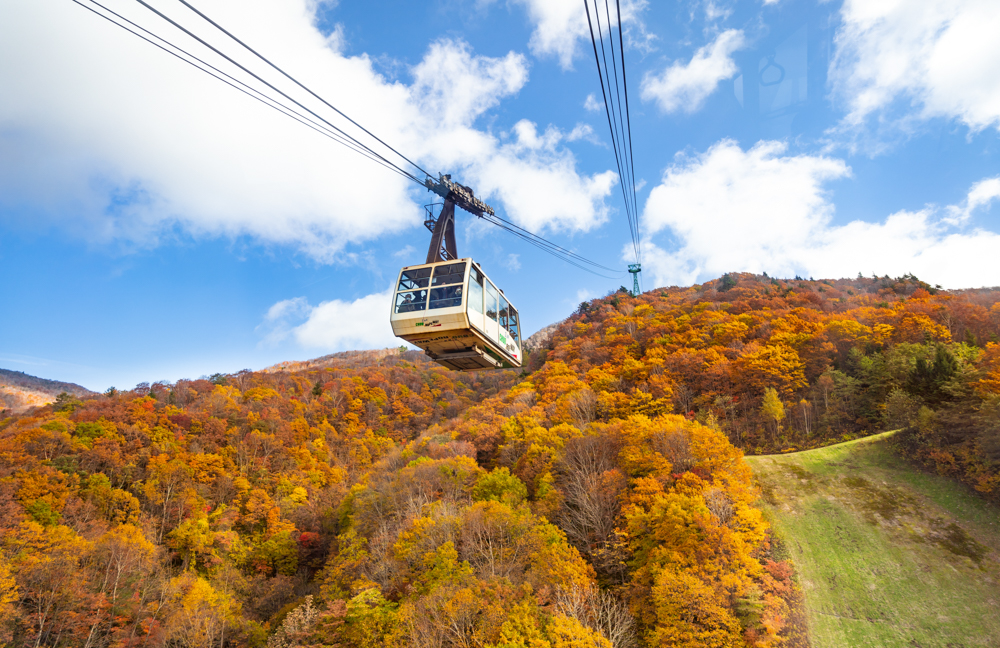
During the Fall season, the forests of Zao burst into beautiful shades of gold and red as the weather cools. This is the perfect time to ride up the ropeways of Mt. Zao where you can float above the forests to the Dokkonuma Lake towards the top of the mountain.
This small lake is surrounded by beech trees and and is accessible from the one of the ropeway stations via a brisk 15-20 minute trek.
A roundtrip ticket for the ropeway costs about 1,500 yen for a roundtrip ticket and takes about 20 minutes each way.
After a day on the mountain, we highly recommend a stay at Zao Onsen where you can also see the fall colors here at the famous dairotenburo onsen bath before it closes during the winter.
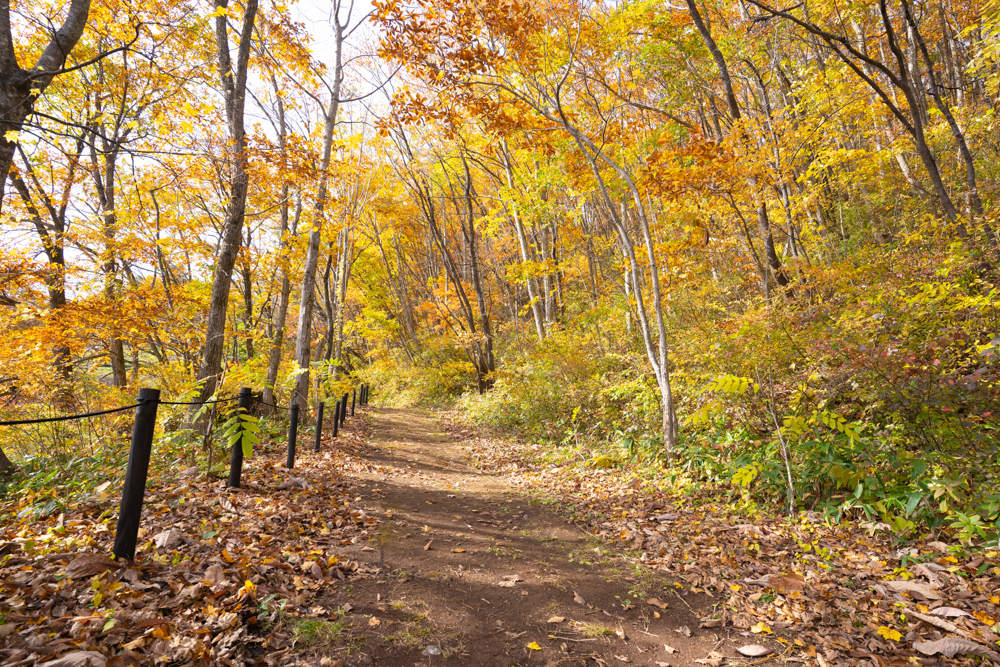
Access to Mt.Zao
Mt. Zao is a 35-minute drive from Yamagata City and can also be reached via public bus in about 40 minutes directly from Yamagata Station. You can buy these tickets for 1,200 yen each way at the ticket counter right in front of the bus loop on the east side of the station.
Additionally, buses from Yamagata Station via Zao Onsen to the Kattadake peak run from late April through July once per day on weekends and holidays and from August to early November the bus runs daily including weekdays.
The one-way trip from Yamagata Station takes about 90 minutes and costs 2,250 yen and from Zao Onsen, it takes only one hour.
Additionally, many also choose to first spend some time in the hot spring city of Kaminoyama where two busses per day run between Kaminoyama Onsen Station and the Kattadake peak during the warmer months. The one-way trip takes about one hour and is absolutely free.

